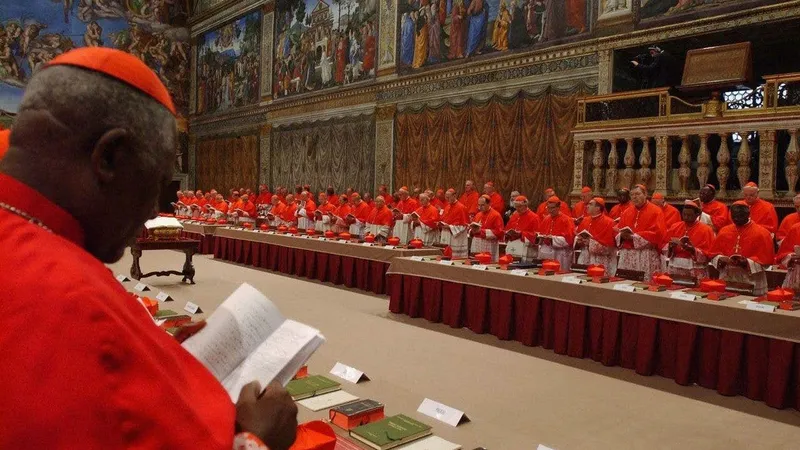VATICAN CITY — The Catholic Church is gearing up for a historic moment. Following Pope Francis’ death on April 21, 2025, the upcoming papal conclave—where cardinals gather to elect the next pope—will be the most diverse in the Church’s 2,000-year history. That’s the word from a leading expert on papal elections, who points to the global shake-up in the Church’s leadership as the reason.
The conclave, expected to kick off around May 5, will see 135 cardinals from 71 countries locked in the Sistine Chapel, casting secret ballots until a new pope emerges. This group is a far cry from the Euro-heavy conclaves of old. Back in 2013, when Francis was elected, cardinals hailed from 48 countries. Now, the net is cast wider—Asia, Africa, and Oceania are bringing heft to the table. Pope Francis, who spent his papacy pushing the Church to its “peripheries,” appointed roughly 80% of these voting cardinals, stacking the deck with leaders from places like Nigeria, India, and Tonga.
Diversity isn’t just a buzzword here. It’s a structural shift. Cardinals from non-European nations now make up a significant chunk of the electorate, reflecting the Church’s growing footprint in the Global South. The numbers tell the story: over half of the world’s 1.4 billion Catholics live in Africa, Asia, and Latin America. Francis’ picks—think Cardinal Fridolin Ambongo Besungu from the Democratic Republic of Congo or Cardinal Filipe Neri Ferrão from India—mirror that reality. These aren’t just token nods; they’re power players in a Church that’s no longer Rome’s private club.
The expert, a senior fellow at a Washington-based Catholic think tank, says this conclave could reshape the papacy itself. The cardinals, many meeting for the first time, don’t share the old boys’ network of past conclaves. That makes horse-trading trickier—no cozy dinners in Roman trattorias to seal deals. Instead, you’ve got a mosaic of perspectives, from cardinals facing persecution in Pakistan to those tackling poverty in Argentina. The result? A vote that’s anyone’s guess.
What’s clear is the stakes. The next pope will inherit a Church wrestling with big questions—climate change, migration, declining vocations in the West. Francis leaned hard into “synodality,” a wonky term for grassroots discussions on theology and practice. But some cardinals, especially from hard-hit regions, might push for a pivot—focusing on gritty issues like religious violence or economic despair.
The conclave’s mechanics are steeped in tradition. Cardinals, all under 80, will vote up to four times a day. Two-thirds—90 votes—are needed to win. If no one clinches it after several rounds, they might burn the ballots with wet straw, sending black smoke up the Vatican chimney. White smoke means a new pope. The world will be watching, from Buenos Aires to Lagos.
This isn’t just another election. It’s a snapshot of a Church in flux, where the old guard’s grip is loosening, and new voices—louder, broader, less predictable—are ready to call the shots.

